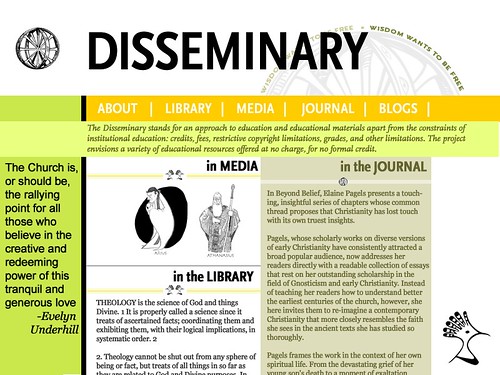Bouquet of Delights
Yesterday afternoon and evening, the family rolled north to the Chicago Botanic Garden for a picnic dinner and photo opportunity stroll. Our visit started as we heard what we thought was a wedding-reception guitarist playing “Hey, Joe” (“where you goin’ with that gun in your hand?/I shot, I shot my old lady/Found her messin’ round with another man”), which greatly troubled Si and me, though we later discovered that the guitarist in question was just serenading diners at the Garden Cafe.
In the first garden we visited, we discovered a larger-than-lifesize statue of David Weinberger’s hero, Carolus Linnaeus (shown here plucking a rose blossom).
We strolled through grove after garden after glen after nook, delighting in the spectacular expressions of life’s exuberant variety and unimaginable beauty. I’d never been to the Botanic Garden before, but it should stand at the very front of any array of Chicagoland destinations. We didn’t have time or energy to wander the entire grounds, but just the Japanese Garden, the English Walled Garden, the Heritage Garden, and the Rose Garden wore us out. Well, those and the Model Railroad Garden, where we saw a not-to-scale bunny rabbit intruding into the Main Street USA display.
Perhaps best of all, we came away with a nice picture of Si and Laura — and a splendid time was had by all, especially when we finished the evening off with Heath Bar Klondikes at home.


